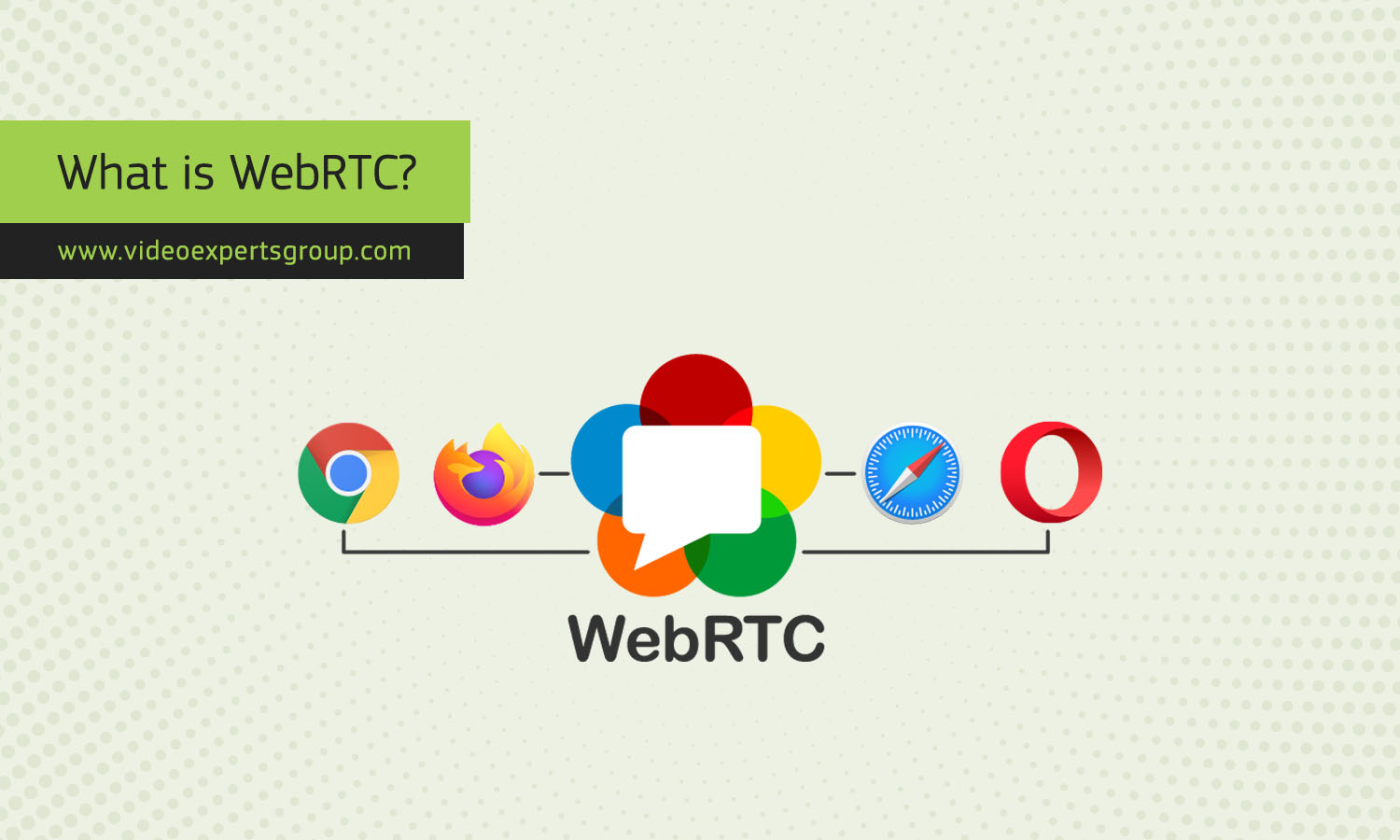WebRTC, short for Web Real-Time Communication, is a technology that allows for audio, video, and data sharing directly between browsers and mobile applications. It enables peer-to-peer connections without needing external plugins or software, making it easier and faster to communicate and share information online.
Meaning
WebRTC stands for Web Real-Time Communication. It is a collection of protocols and APIs (Application Programming Interfaces) that enable real-time communication over the web. The primary goal of WebRTC is to facilitate high-quality audio, video, and data transfers directly between devices, bypassing the need for intermediary servers or software.
About WebRTC
WebRTC is an open-source project supported by major technology companies like Google, Mozilla, and Microsoft. It leverages JavaScript APIs and HTML5 to enable peer-to-peer connections directly within the web browser. WebRTC consists of three main components:
- GetUserMedia: This API captures audio and video media from the user's device, such as a webcam or microphone.
- RTCPeerConnection: This API establishes a connection between peers, handling the transmission of media and data.
- RTCDataChannel: This API allows for the exchange of arbitrary data between peers, making it possible to build applications like file sharing or gaming.
WebRTC supports a range of use cases, including video conferencing, file transfer, live streaming, and online gaming.
Example
Imagine you're using a web-based video conferencing tool like Google Meet or Zoom. When you start a video call, WebRTC is the technology working behind the scenes to connect your device with the devices of other participants. Here's a simplified example of how WebRTC operates in a video call:
- Device Access: The application asks for permission to access your camera and microphone using the GetUserMedia API.
- Connection Setup: The application uses the RTCPeerConnection API to establish a connection with the other participants' devices.
- Data Exchange: Audio and video data streams are exchanged directly between devices, ensuring a smooth and real-time communication experience.
Demo
Many websites offer WebRTC demos to showcase its capabilities. For instance, Google's WebRTC project page provides several demo applications, such as a video chat demo where users can experience real-time video communication directly in their browsers. You can try out these demos to see WebRTC in action and understand its potential.
Services and pricing
Several services provide WebRTC-based solutions for businesses and developers. These services typically offer additional features such as enhanced security, scalability, and customer support. Some popular WebRTC service providers include:
- Twilio: Twilio offers a comprehensive suite of communication APIs, including WebRTC. Their pricing model is based on usage, with costs for each minute of audio and video data transferred.
- Agora: Agora provides real-time communication solutions with a focus on low latency and high-quality audio and video. Their pricing is also usage-based, with different tiers depending on the volume of data used.
- Daily.co: Daily.co specializes in video and audio communication APIs, with a simple pricing structure that includes a free tier for basic usage and paid plans for higher usage and advanced features.
Each of these providers offers various pricing plans to suit different needs, from small developers to large enterprises.
WebRTC is a powerful technology that enables real-time communication over the web, making it easier and more efficient to share audio, video, and data directly between devices. Whether you're building a video chat application or integrating real-time communication features into your website, WebRTC provides the tools and protocols to make it happen.
Read also:
















